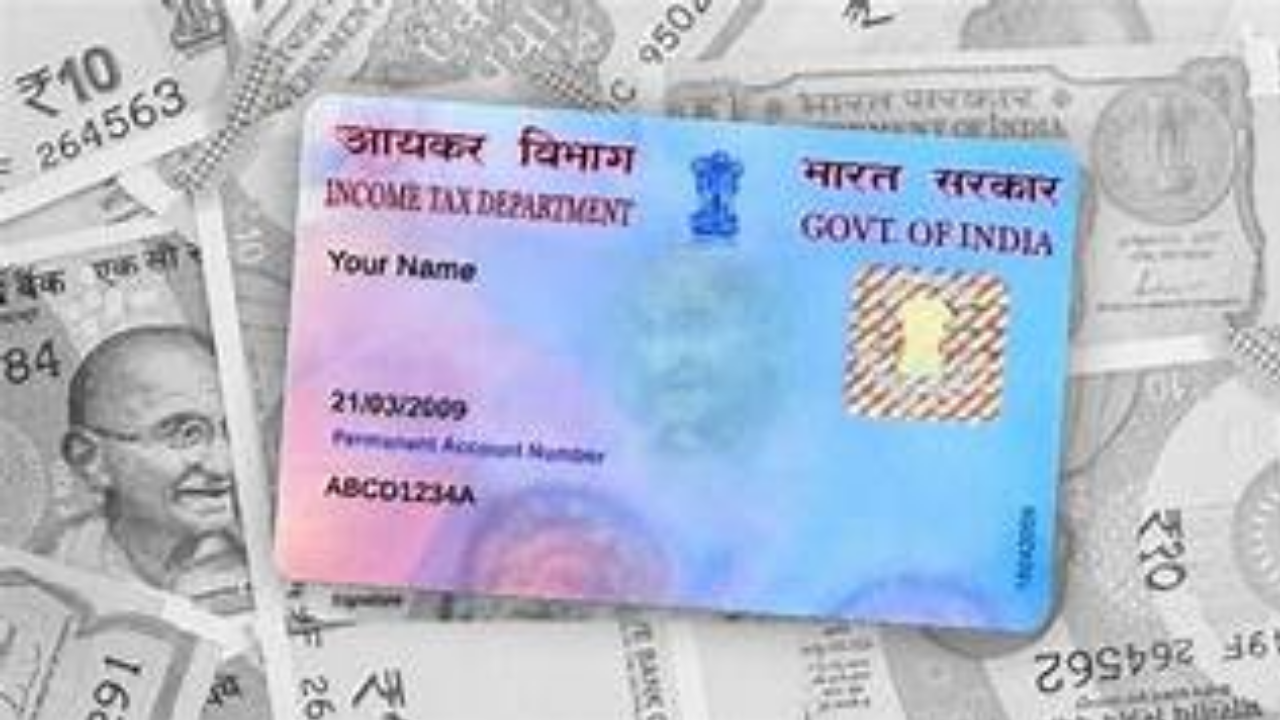PAN Card Fraud: How to Protect Yourself from Growing Scams
Incidents of scammers misusing Permanent Account Numbers (PAN) to open fraudulent loans are on the rise, creating significant challenges for individuals and lenders alike. These schemes can lead to damaged credit scores and lengthy dispute processes. Understanding how these frauds work and taking preventive measures is crucial to safeguarding your financial identity.
Pramod Kathuria, Founder and CEO of Easiloan, highlights the increasing concern around misuse linked to digital loan apps. “There has been a definite increase in such incidents in the ecosystem, particularly with the rise of instant digital loan platforms. Fraudsters focus on users who are not fully aware of data privacy risks,” he notes.
Jayant Upadhyay, COO of Olyv, adds that vulnerabilities in verification checks on some lending platforms make it easier for scammers. “Fraudsters are exploiting loopholes to open credit lines with stolen or cloned PAN cards. We’ve seen this trend especially where fraud detection systems are weak,” he explains.
Common Ways Fraudsters Obtain Your PAN Details
Scammers employ various tactics to get their hands on your PAN information:
- Phishing Links and Fake Job Ads: These are common ploys to trick you into revealing your details.
- Unsecured Wi-Fi and Lookalike Bank Sites: Public Wi-Fi networks and deceptive websites can compromise your data.
- Impersonation Scams: Fraudsters may pretend to be loan agents or customer care executives to extract your PAN details.
- Unverified Websites and Social Media: Many victims unknowingly upload PAN images to untrustworthy platforms, giving scammers easy access.
How People Discover They’ve Been Victimized
Typically, victims find out about PAN card fraud through:
- Unfamiliar Loan Entries: An unexpected loan appearing on your credit report is often the first sign.
- Collection Calls: Receiving calls for unpaid loans you never took is a major red flag.
- Credit Alerts: Real-time credit monitoring can help catch suspicious activity quickly.
What to Do Immediately if You Spot a Fake Loan
If you discover a fraudulent loan linked to your PAN, experts recommend these immediate actions:
- Raise a Dispute: Contact both the lender and the credit bureau to dispute the fraudulent loan.
- File a Police Complaint: Report the incident to the police and the National Cyber Crime Reporting Portal.
- Track the Dispute: Follow up diligently until the issue is resolved.
- Lock Digital KYC IDs: If possible, use available tools to lock your digital Know Your Customer (KYC) identification.
- Keep Records: “Don’t hesitate to escalate the matter if it remains unresolved. Always keep a record of all complaints and communication,” advises Kathuria.
Essential Steps to Safeguard Your PAN
Protecting your PAN requires proactive measures:
- Never Upload to Unverified Sites: Avoid sharing your PAN on websites you don’t trust.
- Use Watermarked Copies: When submitting your PAN, use a watermarked copy marked for a specific purpose (e.g., “For loan application only”).
- Avoid Public Sharing: Do not share your documents on social media or other public platforms.
- Regular Credit Report Checks: Routinely review your credit reports for any unfamiliar or suspicious activities.
- Enable Credit Monitoring Alerts: Set up alerts to get notified of any new credit inquiries or accounts opened in your name.
Upadhyay states that Olyv’s platform assists users with real-time alerts and disputing fraudulent loan activity. “Users today need to take proactive steps to protect their financial identity,” he emphasizes.
Staying vigilant and informed is your best defense against PAN card fraud. Are you regularly checking your credit reports for suspicious activity?
